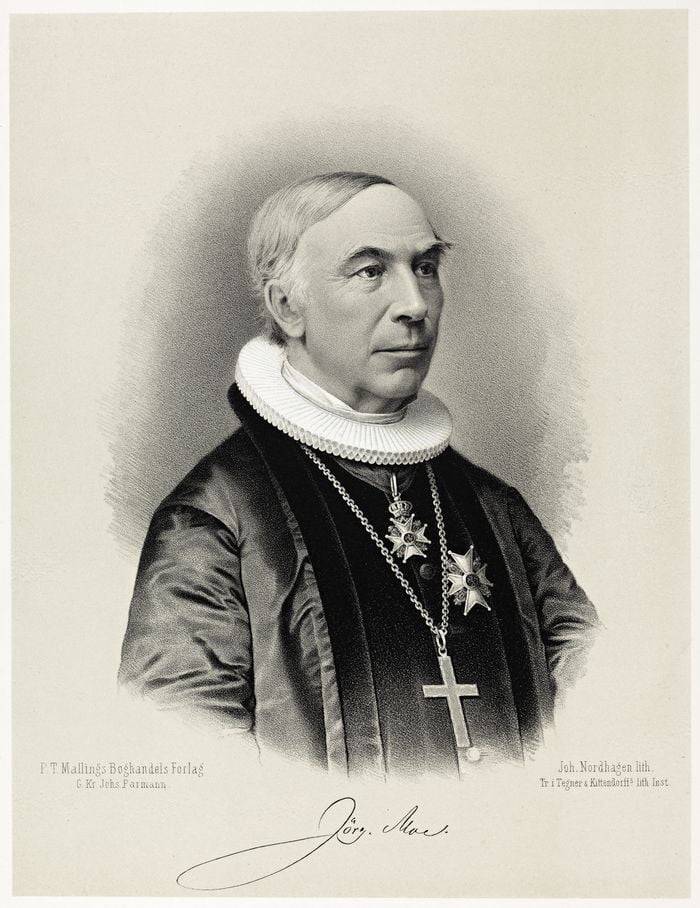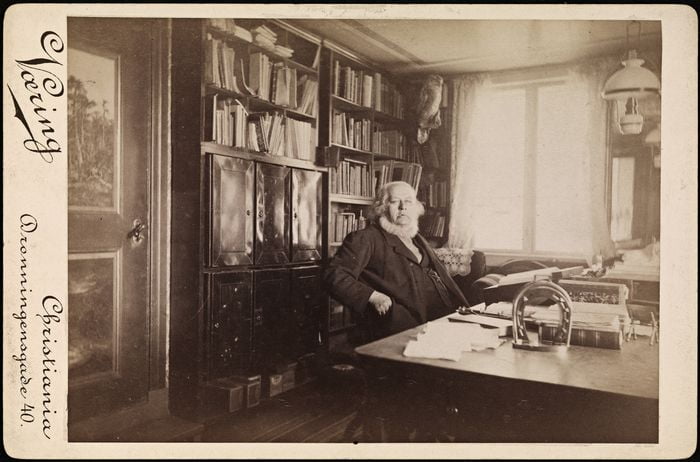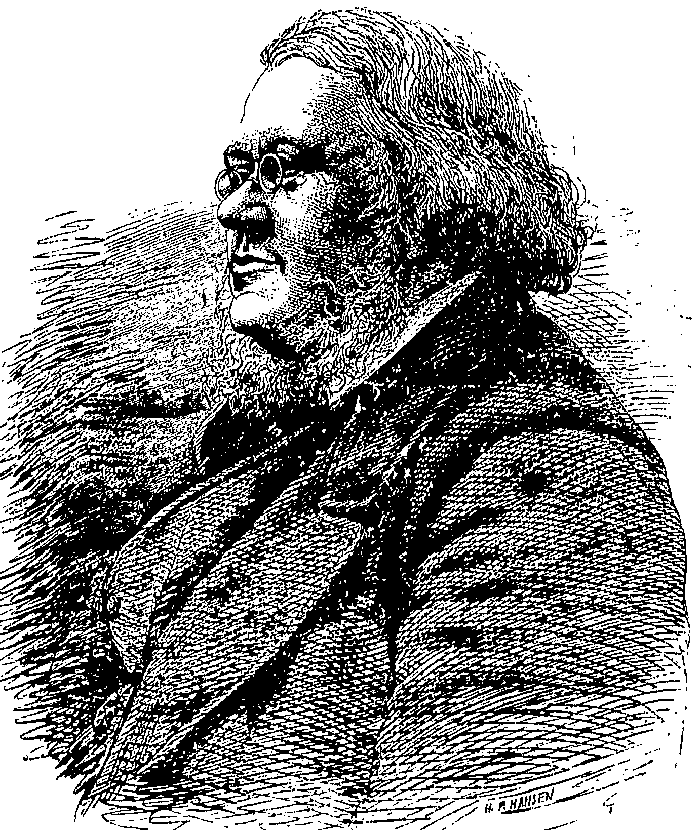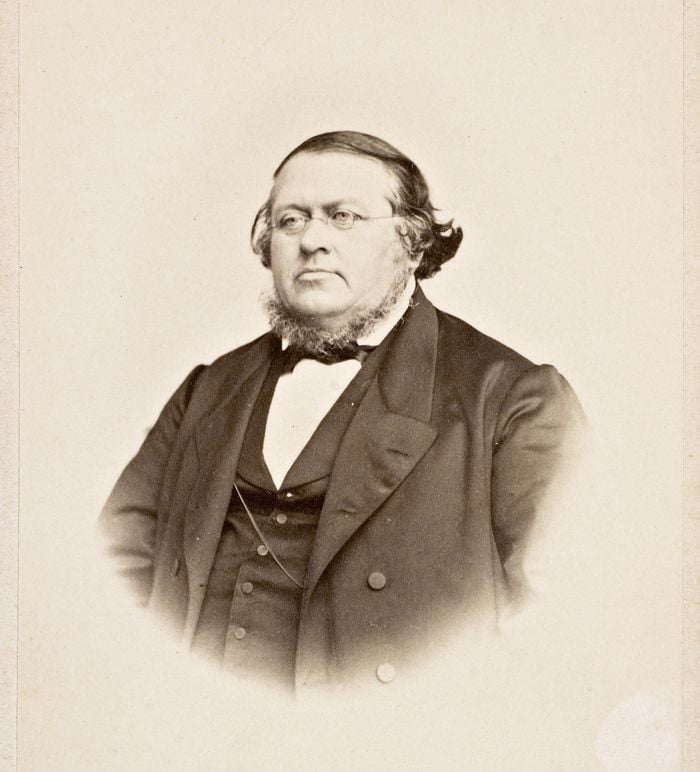The Smith who could not get into Hell – Norway
Peter Christen Asbjornsen (1812—1878)
Jorgen Moe (1813—1880)
Both Asbjornsen and Moe came from the country, and belonged to families in modest circumstances. They made friends while preparing for a university career. Influenced by the Grimms, they set out to study the folklore of their country, and in their first collection of tales, which appeared in 1841, they produced a work of striking interest and genuine originality. “This vdlume,” says John Gade, “was perhaps the greatest single event in the whole movement of that generation toward a more truly national culture.”
The Smith Who Could Not Get Into Hell is a highly artistic treatment of a bit of ancient folklore. It is reprinted, in the translation by Helen and John Gade, from Norwegian Fairy Tales, American-Scandinavian Foundation, New York, 1924, by permission of the Foundation.
The Smith Who Could Not Get Into Hell
In the days when Our Lord and St. Peter walked on earth, they came once upon a time, to a smith who had made a bargain with the devil to belong to him after seven years if during that time he could be the master of all other smiths; and both the smith and the devil had signed their names to this contract. That was why the smith had set up over his smithy door a big sign which read: “Here lives the master of all masters!”
When Our Lord came along and saw this, He went in.
“Who are you?” he said to the smith.
“Read what’s over the door,” said the smith, “and if you can’t read, you’ll have to wait till some one comes along to help you.”
Before Our Lord could answer, a man came along leading a horse which he wanted the smith to shoe.
“Won’t you let me shoe him?” said Our Lord.









